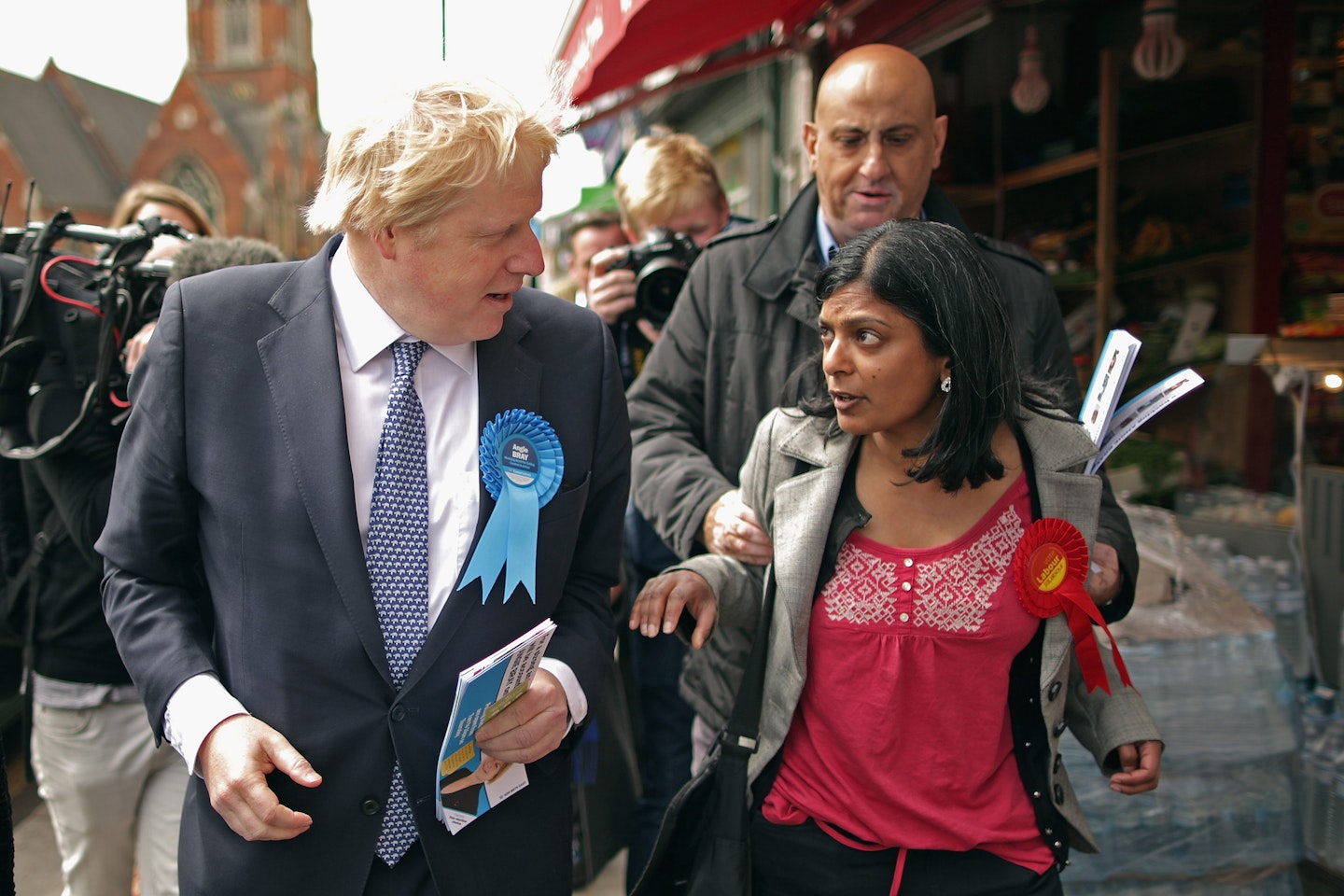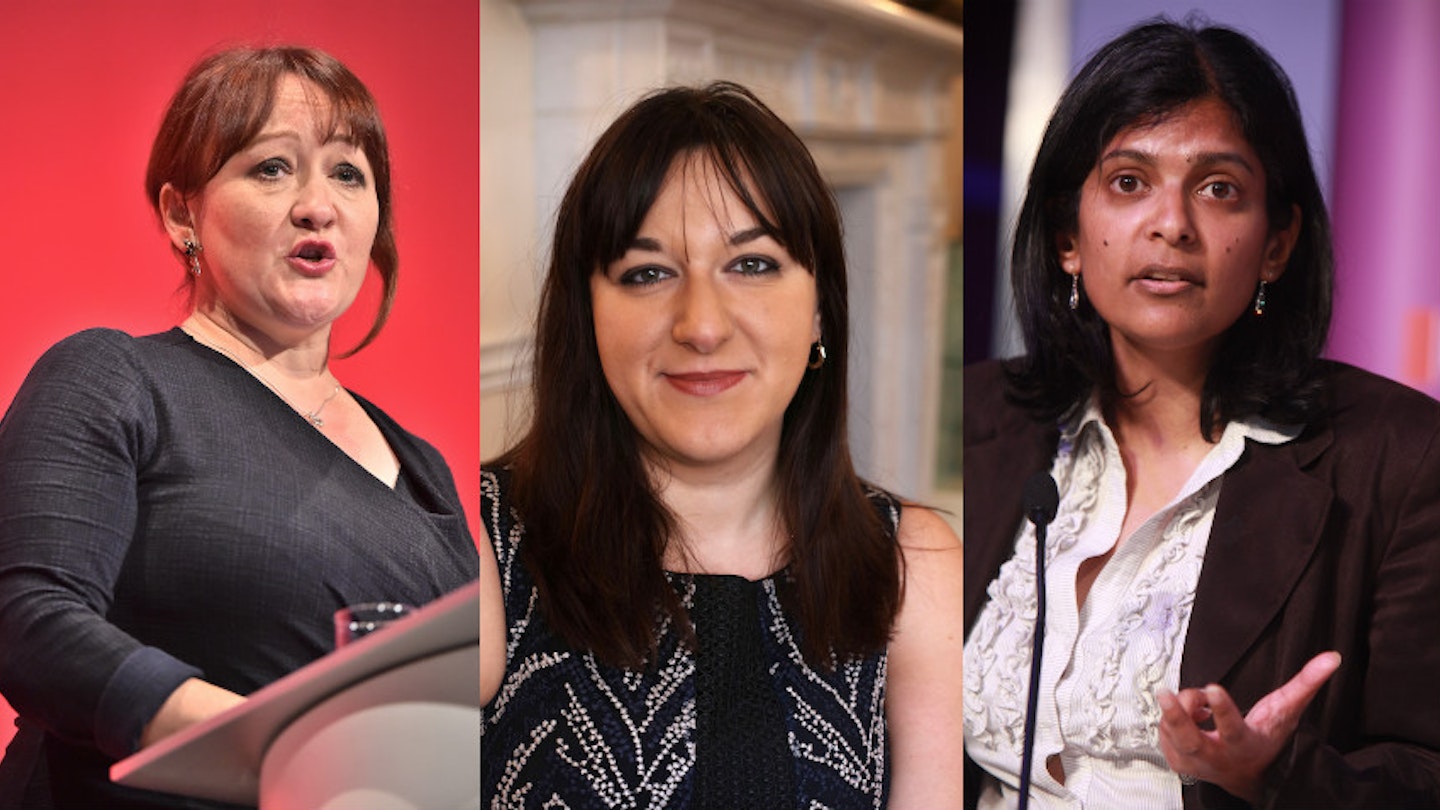Theresa May may be banking on one major female win in the general election, but how may other women face losing out? Political commentator Sarah Ditum sets out her provocative case
The political bloodbath of June’s snap general election will have two big losers. Firstly, the Labour Party, which is facing its worst result since 1935. And secondly, women. Labour has done more than any other party to get women into Parliament. In 2015, 191 female MPs were elected – a record high of 29%. Even though the Conservatives held an overall majority, more than half of the women (99 to be precise) were Labour.
It’s concerning that the best we’ve managed on female representation is still less than a third. It’s also alarming that most of that representation comes from one party – in this case Labour. Because this election looks set to disproportionately hit women. At this rate, we're headed for a more male Parliament and, whatever your political affiliation, that should worry you.
Female representation in Parliament has improved so many things – maternity leave, equal pay – as well as being visual role models, says Labour MP Rupa
Huq. And, she adds, ‘Labour has been responsible for almost all equalities legislation. Labour’s 1997 victory doubled the number of women on the benches from 60 to 120. That only happened because Labour imposed all-women shortlists in winnable seats. Historically, where women of all parties had been selected, they’d been set up to fail.'

‘Women tend to be in the marginals,’ says Kerry McCarthy MP, whose Bristol East constituency is another of those under threat. The Tories, for example, have faced criticism selecting women for ‘hopeless’ seats – meaning they never have a serious chance of taking a place in Parliament. When the Liberal Democrat vote collapsed in 2015, they lost all seven of their women MPs, exposing the fact that they’d never made an effort to put female candidates into safer seats.
While Labour’s marginals are more fairly split – and last week the party announced that half of all its MPs not standing again will be replaced by women (doubling female candidates from three to six), the truth is the focus for Labour in this election is less on balancing gender quotas than on balancing the warring factions of the party. And with few Labour seats being safe, this won’t necessarily improve women’s representation overall.
Labour, though, based on an average of polls, are predicted to lose 71 MPs, reducing them to a rump of 161. Some of the new intake from the Tories and Lib Dems will of course be women. The Lib Dems, learning from past mistakes, voted to introduce all-women shortlists in 2016, but the Tories have ruled them out, and the Lib Dems are unlikely to gain enough seats to make up the difference. As well as Kerry and Rupa, the list of most at-risk MPs includes familiar names such as Ruth Smeeth, Alison McGovern, Cat Smith and Thangam Debbonaire. Even Jess Phillips, while not one of the most in danger, will be campaigning hard to hold on in Birmingham Yardley. Parliament without these women would be a drabber, duller and, critically, less representative place – another reason, in my opinion, to be angry about Jeremy Corbyn’s reckless disregard of his party’s woeful polling and his own unpopularity. His first Shadow Cabinet suggested a carelessness when it comes to actually putting women in power, passing over talented women with government experience to put men in all the key jobs (although subsequent reshuffles have been more balanced).
Female representation isn’t just a matter of fairness. Women are good for political parties: appealing to women was key to Labour’s 1990s revival. Harriet Harman recalls that, in the ’90s, efforts to increase the number of women in Labour’s Shadow Cabinet were dismissed as a ‘tarts’ charter’. And, after Labour introduced all-women shortlists in 1993, two male party members challenged the system under the Sex Discrimination Act. The courts found in the men’s favour,
but Labour later amended the law to permit all-women shortlists.
By 2005, Labour had reversed the Tories’ historic dominance with women voters to win over the female vote. Thangam Debbonaire, MP for Bristol West, puts the problem with lack of women succinctly: ‘If Parliament doesn’t look like you, it’s a lot less likely that you’ll feel it’s something for you.’
Politics remains a subtly hostile environment for women. ‘It’s tough,’ says Rupa. ‘You’re judged by higher standards.’ Thangam notes that political careers are expensive, meaning that as long as there’s a wage gap, women are being silently priced out of power. ‘Two of our colleagues are on maternity leave at the moment,’ says Thangam. ‘There’s no provision for maternity leave as an MP. They’re still having to do their jobs as MPs and now they’re having to campaign as well.’
The aggression has also been explicit and devastating. MPs and activists are still feeling the loss of Jo Cox, the MP for Batley and Spen, who was murdered by a right-wing extremist during the 2016 EU referendum campaign. Meanwhile, Labour leadership challenger Angela Eagle, who is gay, had a brick thrown through her office window in a spate of homophobic and misogynistic abuse after she challenged Jeremy Corbyn for leadership of the party.
Many female MPs are often reluctant to give much attention to the harassment they face, for fear of putting other women off politics. But if anyone’s going to take on an issue like abuse or maternity leave or equal pay, it will probably be women MPs. ‘Every time you need something to change significantly in the law, you don’t just need women MPs, you need feminist MPs,’ says Thangam.
‘Women’s perspective changes politics,’ says Fiona MacTaggart, who entered Parliament in 1997 and is standing down at this election. ‘I remember vividly asking the clerk of the Defence Select Committee, “What difference have women made?” He said, “We used to talk about how big the bombs are, now we talk about the families of the people who fight.” We have changed what is political.’
Political reputations aren’t fixed. Theresa May famously called out the Tories for being ‘the nasty party’ before David Cameron rehabilitated them with socially liberal policies. So can they now usurp Labour as ‘the woman-friendly party’?
It’s not impossible: with two female PMs, they’ve shown they can outflank Labour
at getting women to the highest office. ‘You have to be vigilant,’ says Kerry.
I still think Labour is best for women. I’ll still be voting Labour on 8 June.
But the future of women in Parliament can no longer rest with one party.
Which party do you think best represents women? Email feedback@graziamagazine.co.uk
